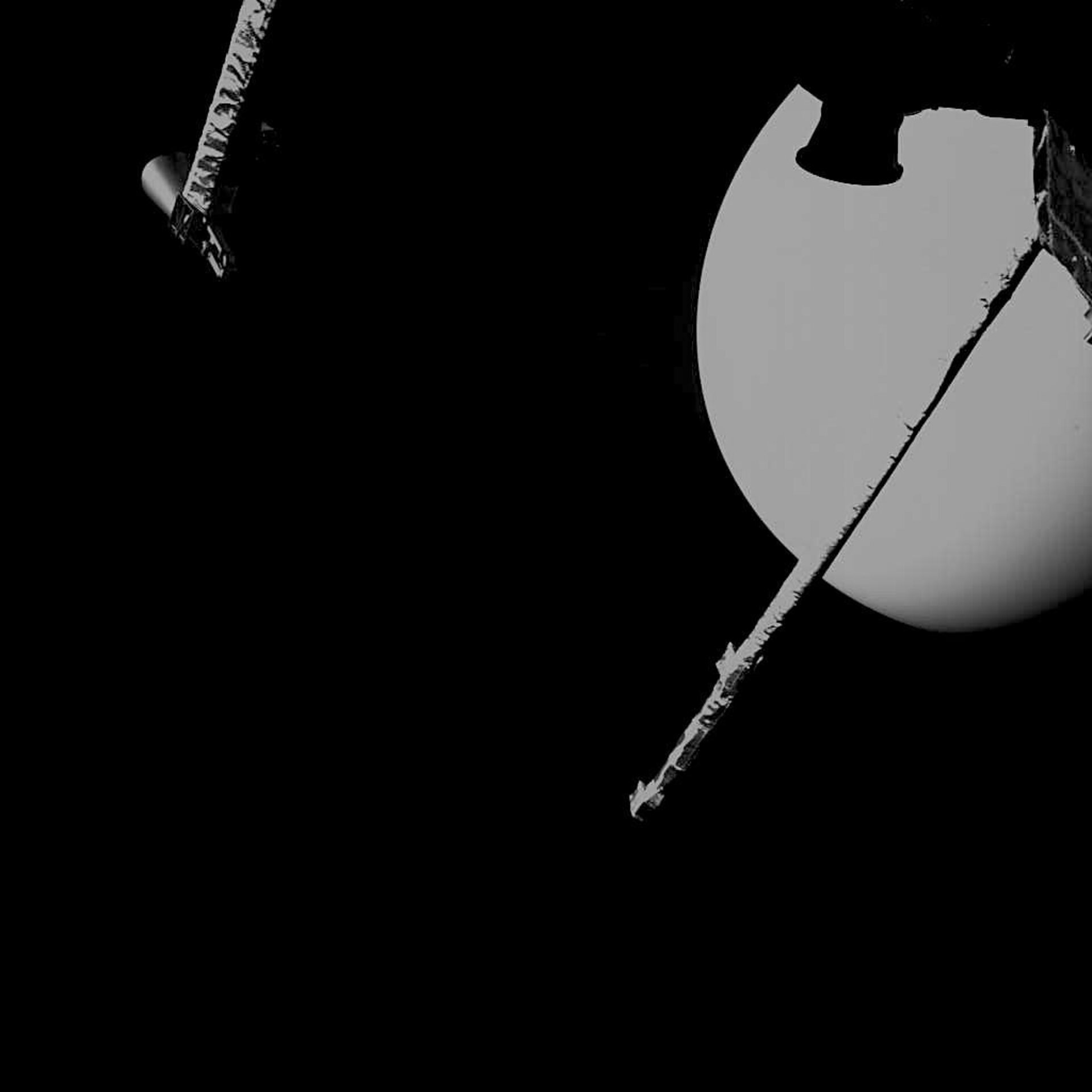Watch Venus glide by in this serene video from the BepiColombo spacecraft's flyby
A European-Japanese spacecraft just flew by Venus on its long, winding road to Mercury, snapping some stellar views along the way.
BepiColombo launched in October 2018 and is scheduled to arrive at Mercury in 2025. But to get there, it must first complete a series of nine gravity-assist flybys —one of Earth, two of Venus and six of Mercury — before finally entering orbit around the solar system's innermost planet. These carefully planned loops guide and propel the craft to ensure it winds up at its intended destination.
BepiColombo zoomed by Earth on April 10 and cruised past Venus for the first time at 11:58 p.m. EDT on Oct. 14 (0358 GMT on Oct. 15).
Related: BepiColombo spacecraft swings past Venus on long road to Mercury

As BepiColombo swooped within a mere 6,660 miles (10,720 kilometers) of the planet, the three cameras onboard the probe's Mercury Transfer Module captured some spectacular images. The camera activated 20 hours before the probe's closest approach and operated until15 minutes after the encounter.
In the images, which have been stitched together in a time-lapse video, Venus appears first like a small white disc and then gets much larger as the craft nears the hot planet. The stark white face of the planet is obstructed only by the extended limbs of the Mercury-bound probe, which will have to complete another gravity assist at the planet before moving on to its ultimate destination.
"With each flyby completed, we get a step closer to answering some of these perplexing questions about mysterious planet Mercury," European Space Agency BepiColombo Project Scientist Johannes Benkhoff said in an ESA statement. "Learning more about Mercury will shed light on the history of the entire solar system, helping us to better understand our own place in space."
Get the Space.com Newsletter
Breaking space news, the latest updates on rocket launches, skywatching events and more!
Email Chelsea Gohd at cgohd@space.com or follow her on Twitter @chelsea_gohd. Follow us on Twitter @Spacedotcom and on Facebook.
Join our Space Forums to keep talking space on the latest missions, night sky and more! And if you have a news tip, correction or comment, let us know at: community@space.com.

Chelsea “Foxanne” Gohd joined Space.com in 2018 and is now a Senior Writer, writing about everything from climate change to planetary science and human spaceflight in both articles and on-camera in videos. With a degree in Public Health and biological sciences, Chelsea has written and worked for institutions including the American Museum of Natural History, Scientific American, Discover Magazine Blog, Astronomy Magazine and Live Science. When not writing, editing or filming something space-y, Chelsea "Foxanne" Gohd is writing music and performing as Foxanne, even launching a song to space in 2021 with Inspiration4. You can follow her on Twitter @chelsea_gohd and @foxannemusic.









